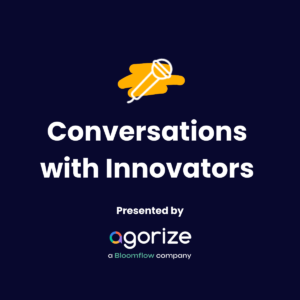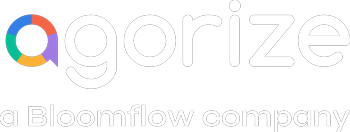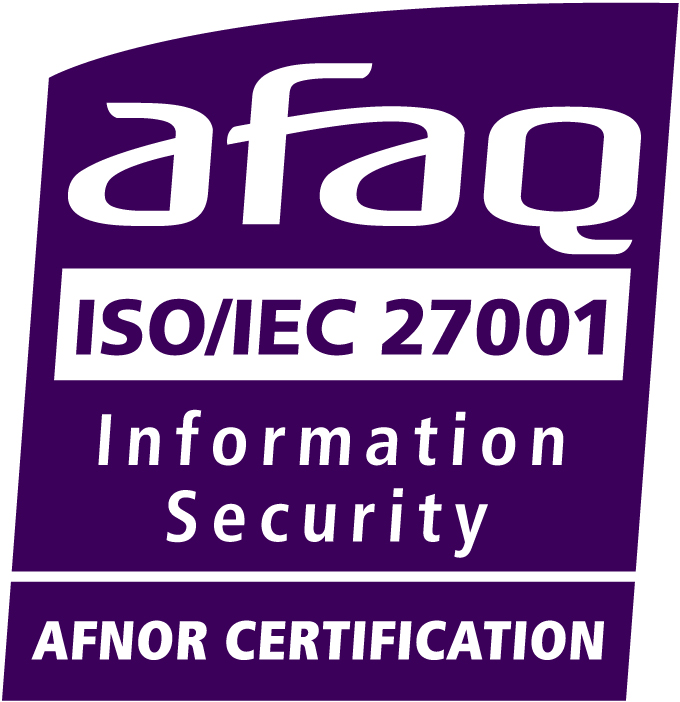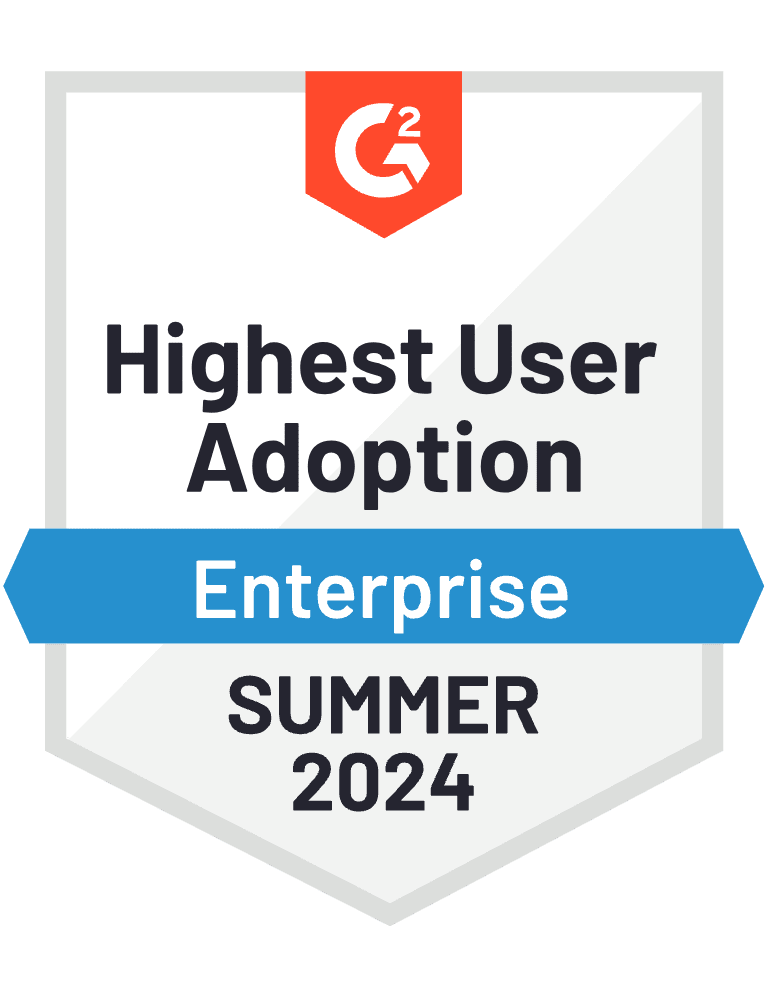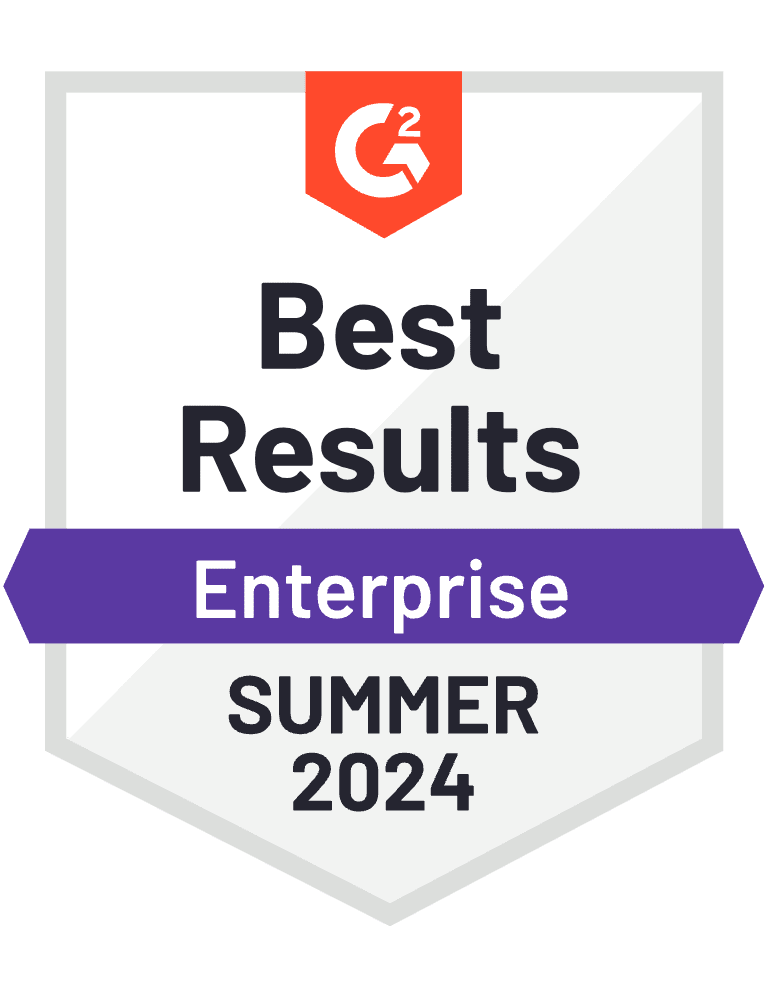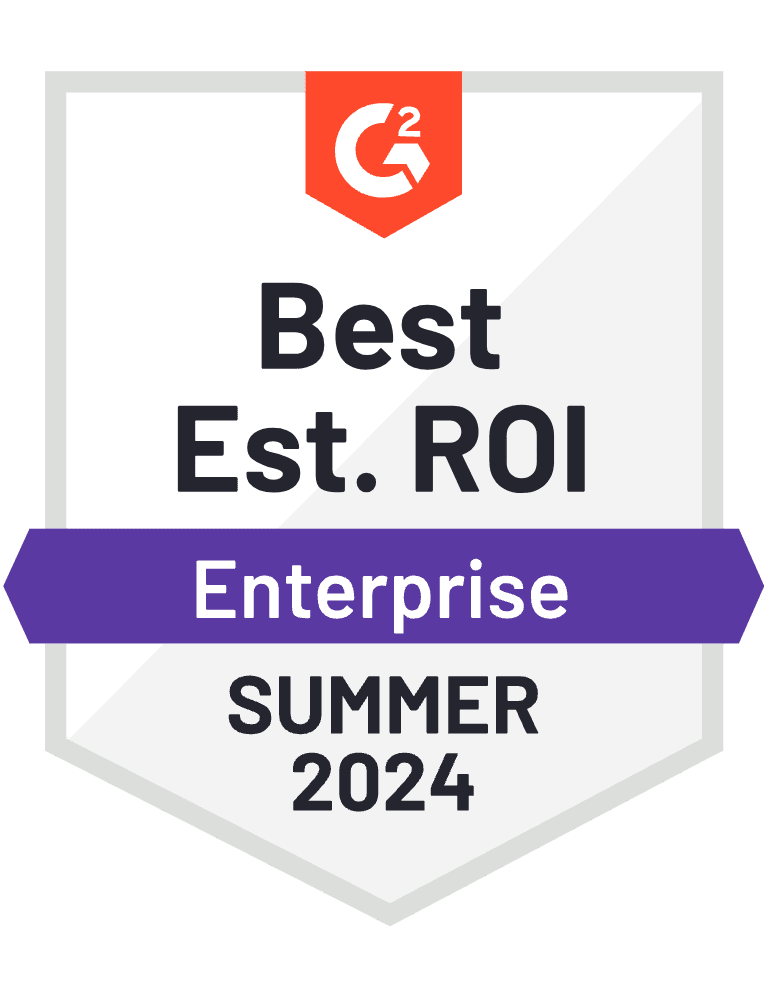Singapore, South Korea, and Hong Kong are the places to be if you want to do business in Asia. Therefore, it’s no wonder they attract large numbers of international companies. The result is a dense and highly competitive environment in which the war for talent rages. For recruiters who need to hire top candidates, the battle is on. Almost two-thirds of APAC-based recruitment professionals state it is becoming harder to find top talents.
In fact, the time required for hiring processes has grown dramatically across the globe. Asian recruiters still act comparably fast. While the average interview process in France takes 38.9 days, only 25.4 days are needed in Singapore and 24.7 in China. Nevertheless, just as their international competitors, APAC recruiters feel pressured by the rapid business growth, constantly changing markets, and thereby the increasing need for new skills.
How can recruitment professionals react and adapt to these developments? Which innovative recruiting methods enable your company to stay ahead of the vast competition?
Here are the four most important steps you need to take to find, pick, and retain the best candidates – in Asia and everywhere else.
1. Recruit Online With Mobile Tools & Social Media
It is no surprise that, just like in many parts of our lives, digital tools open up entirely new opportunities for recruiting. However, the two more specific ones we will discuss here may surprise you!
Mobile recruitment
Firstly, we said it before and we’ll say it again: Mobile recruitment is an essential tool to attract the best talent. These are the key facts:
- Top talents use and highly appreciate mobile devices for job search
- Mobile tools make the candidates comfortable and your brand likable
- Mobile is versatile and the basics are simple and cheap
- HR’s future lies in mobile – you should set the trend, not follow it
89% of job seekers view their mobile devices as an important tool. Only 10% of Southeast Asia’s largest companies have fully optimized their career sites for mobile – not to mention the use of more advanced recruiting apps.
The power of social media
Only 10% of the largest companies in Southeast Asia have begun to implement social media in their recruiting strategies. This number stands in stark contrast with the 79% of candidates who say they use social media for their job search.
Platforms like Facebook, Instagram, or Twitter give your company a chance to present a more personal side. That’s exactly what candidates are looking for!
The young creative top talents you aim at can afford to pick an employer they sympathize with. Unemployment rates are low and especially for Chinese companies the overall market is improving, fueling the war for talent in Asia.
Employer branding is key
In combination with the rising public awareness of employer brands, these factors lead to a candidate-driven job market. Make sure you don’t just give job seekers the hard facts, but also convince them with a good impression of your team and work atmosphere.
Again, it comes down to a strong and authentic employer brand. One company that clearly has perfected the use of digital and social media for this is Google.
For instance, they clearly emphasize the important role of their Singapore office on their own career site. They combine an intriguing description of the work with images that portray a multicultural, fun, and modern work environment.
Additionally, Google has set up an Instagram account dedicated only to show job seekers what their teams’ everyday lives look like. Take a look at it to find inspiration for your own social media strategy.
How do we know Google is successful with theirs? Because Google Singapore received the 2017 Randstad Employer Brand Award. In a survey of more than 5000 respondents from Singapore, Google was ranked as the most attractive employer.
The highest percentage of survey participants would (very much) like to work for them – and 39% of Singaporeans will look for a job in the upcoming year.

2. Find Top Hands-On & Social Skills
Bad recruitments are expensive
It’s a waste of time and money to go through a whole recruiting process and still end up with the wrong candidate. For instance, if it takes you 6-12 months to hire a new manager, this process will cost you 2.3 times the person’s annual salary.
The expenses for a bad hire can be up to 240,000 USD; replacing a senior executive can cost over 1 million USD. These are expensive mistakes you really want to avoid.
Unfortunately, they happen. The highly qualified top student you got to know in two interviews, may turn out to be anything but a team player and overwhelmed by all practical tasks.
Your company will give it some time and the new employee will try hard to finally fit in. After all, it takes an average of eight months for an employee to reach full productivity.
However, ultimately it becomes clear that the candidate you chose just isn’t the right fit. Both sides are disappointed, and you must start your search over again.
Preventing bad recruitment decisions
How do you prevent that? The solution appears obvious and yet hard to put into practice. You have to make sure you find and pick a candidate who is capable and motivated to do the exact tasks your company needs to be done.
A modern recruiting tool that combines these two is the online recruitment competition.
These competitions, also known as open innovation challenges, let you, test applicants, with realistic, social tasks over a relevant period of time.
You get to know each other while they work on a real-life problem. That will show whether they are able to do the job – and would also enjoy it. While the participants get an impression of what working for your company is actually like, you get to see if they fit into your team.

3. Employee Satisfaction: Be Recommendable
Obviously, it’s in your own best interest to make the talents, who work well with your company, stay. Making expectations and roles clear during the hiring process is the foundation for employee retention.
However, there are numerous other methods you can use to ensure your employees don’t just stay – but also stay happy. All of which contribute to your employer branding.
Talent also attracts talent
The energetic young woman you hired last year is likely to have a lot of friends with similar levels of skill and motivation.
Especially people in Singapore and Hong Kong highly value the opinions of friends and family when it comes to job search. Make sure the top talents love working for your company – they may bring their qualified friends with them.
If you want to go even further, consider implementing an ambassador strategy. This means that you actively encourage and reward your valuable employees to strengthen your brand.
Employee engagement
Engaging your employees in such ways has significant internal benefits:
- 56% of the companies who invested in employee engagement reported increased employee satisfaction.
- 40% saw an enhanced business culture.
- 14% even reported revenue growth as a result of their programs.
MTR in Hong Kong is a prime example of what we’re describing here. In recent years, the company has put a strong focus on employee retention and the overall employer brand.
Their efforts include various work-life balance activities, an “employee volunteering” scheme to connect with the community, as well as the “MTR Academy” to support the development of young professionals. In 2016, MTR conducted its first global Staff Engagement Survey, with a response rate higher than 94%, enabling the company to react to the exact needs of their employees.
Their numbers prove this to be the right strategy: While the average staff turnover in Hong Kong was 10.5%, only 3.5% of MTR employees left and were replaced in 2016.
The company reports constantly increasing staff productivity since 2012. The employee satisfaction efforts also raised public awareness: In 2017, MTR was the most attractive employer in Hong Kong
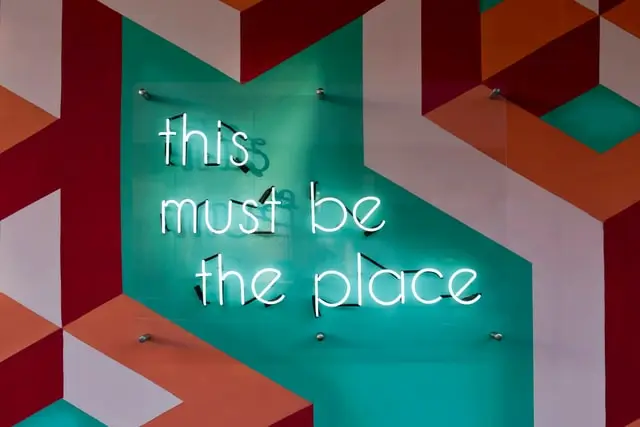
4. Keep Your Wish List Updated
In this article, we have already given ideas of what top candidates are looking for in a company. However, it remains a global challenge for employers to meet job seekers’ needs – or at least communicate their offer right.
As stated in the Randstad report: “[…] most attractive attributes sought in employers are not aligned with the perceived core values of the largest companies.”
Top talents’ needs vary between industries and change over time. As a recruiting professional, you should constantly research and act on this “wish list”. The good news is: The fact that you’ve read this article already shows that you’re interested in what your (future) employees want and hopefully gave you some new ideas.

Personally, we are looking forward to keeping exploring the tips and tricks of modern recruiting – and to share them with you.
Article by Pia Röpke – Edited by Jean Bonnenfant
What is Agorize?
Agorize is the most comprehensive innovation management platform, supported by a team of experts and community of innovators. For over a decade, we’ve been providing technology powered by a community of 5 million innovators to foster change and accelerate innovation. Our clients and partners worldwide crowdsource, evaluate and develop solutions from startups, employees, developers and students using Agorize.
We’ve helped over 300 global enterprise companies in Europe, North America, and Asia Pacific, including Enterprise Singapore, Huawei, Microsoft, LVMH, PepsiCo, Bayer, Schneider Electric, Hitachi, L’Oréal and many more by running their innovation programs.
What is an innovation challenge?
An innovation challenge, or innovation competition, is a competition organized by a company to bring forward innovative solutions. The organizer defines clear objectives and problem statements, after which innovators are invited to submit their ideas and solutions. Proposals can come from startups, employees, students or other talent that is relevant to the topic at hand. Through a process of crowdsourcing and assessing ideas, mentoring participants and developing solutions, the organization will identify the winning proposals that will be implemented. More than 300 enterprise companies have organized innovation challenges with Agorize.
Their results speak for themselves. They’ve reduced go-to-market time with internal teams, fast-tracked the development of niche solutions with the products and services of startups, created long-term strategic partnerships and brainstormed future-proof ideas with students from top universities. Overall, it accelerated their own transformation and made themselves more future-proof.
What is an idea box?
Agorize IDEA BOX is an ideation management platform that helps organizations collect, assess and develop ideas from their employees or external communities. It’s an all-in-one solution with features to simplify the process of crowdsourcing ideas, so ideation can be accelerated and improved. Individuals or teams can submit ideas, which can then be evaluated by peers or experts on the platform through grades or virtual investments.
Then, the best ideas can be further developed with the input of others through feedback and comments. Our IDEA BOX solution is popular amongst HR and innovation leaders at enterprise companies. IDEA BOX allows HR leaders to engage employees across teams and countries to contribute valuable ideas and collaborate. As such, positively contributing to the company culture, employee satisfaction and retention and overall ROI. On the other hand, IDEA BOX supports innovation leaders in solving problem statements by opening up to the relevant communities they want to engage, such as customers, employees or other innovators.





